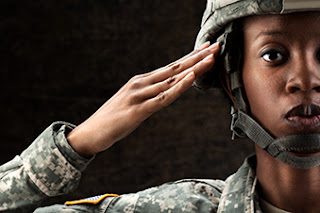 |
| Photo Credit: GrrlScientist / Flickr Creative Commons |
There are many women, including those featured here, who have found success in scientific fields despite the challenges. The women in these photographs are a small representation (or sample size, in scientific jargon) of women working in science in Southern Illinois, but they are positive examples of the opportunities that the sciences present.
Each of the featured scientists came to science in a different way and for a different reason. Some were influenced early on by teachers or guidance counselors, such as Dawn Grisley, who credits her high school science teacher, Pete Moake, who taught at Johnston City High School. She says Moake “let me dissect anything.” Grisley also had a mentor in her colleague Maureen Doran who recruited her to work in histology — the study of animal and plant tissues — at Saffron Scientific Histology Services. Read more.





